Rectal Prolapse In Babies
Rectal prolapse in babies. Partial prolapse is most common in children younger than 2 years. Groff MD Hirikati S. Rectal prolapse refers to the circumferential extrusion of some or the entire rectal wall through the external anal sphincter.
Most mild cases of rectal prolapse can be treated by your childs physician who will manually push the prolapse back in place. This can happen when you strain to have a bowel movement. Partial prolapse happens when the rectums mucous membrane lining slides out of position and starts protruding from the anus.
This can occur because of the ligaments become weakened from the issues such as chronic constipation diarrhea and straining during bowel movements. 1 Although less common in Western societies pediatric rectal. How is rectal prolapse treated.
Self-limited conditions are more common between infancy and four years of age with the highest incidence in the first year of life 15. Management of rectal prolapse in children. About 90 of kids under 3 years old who get rectal prolapse can be treated without surgery and in many of those cases a prolapse wont occur again.
The frequency of recurrence of rectal prolapse between children undergoing sub-mucosal 5 phenol in almond oil injection and 15 hypertonic saline was compared using the chi square test. Constipation remains the main cause of rectal prolapse. Rectal prolapse is a protrusion of rectal mucosa through the anal sphincter.
Cystic fibrosis is no longer a common etiology for rectal prolapse because of the implementation of newborn screening. The prolapsed rectum can cause fecal incontinence. Rectal prolapse is a condition that occurs when the lining of a childs rectum protrudes through the anus.
A rectal prolapse usually doesnt cause pain and treating the cause usually cures the prolapse. Rectal prolapse occurs when part of the large intestines lowest section rectum slips outside the muscular opening at the end of the digestive tract anus.
The lining mucous membrane of the rectum slides out of place and usually sticks out of the anus.
1 Although less common in Western societies pediatric rectal. Groff MD Hirikati S. Cystic fibrosis is no longer a common etiology for rectal prolapse because of the implementation of newborn screening. This can happen when you strain to have a bowel movement. Partial prolapse also called mucosal prolapse. A prolapse may also happen when your child is 1 to 5 years of age when he begins standing or potty training. This can occur because of the ligaments become weakened from the issues such as chronic constipation diarrhea and straining during bowel movements. The last data analysis of rectal prolapse and its clinical characteristics in children was performed over 30 years ago. A prolapse may happen during your childs bowel movement.
How is rectal prolapse treated. A P value less than 005 was considered to be significant. Rectal prolapse refers to the circumferential extrusion of some or the entire rectal wall through the external anal sphincter. Partial prolapse also called mucosal prolapse. Although uncommon it is seen more often in children younger than 4 years of age. Nagaraj MD Louisville Kentucky Rectal prolapse that is intractable to the usual med- ical therapy was successfully managed without sig- nificant complications in 10 patients by simple sub- cutaneous encirclement of the anus with a heavy nonabsorbable suture which was in place until the suture was. Rectal prolapse is when the rectal walls have prolapsed to a degree where they protrude out the anus and are visible outside the body.




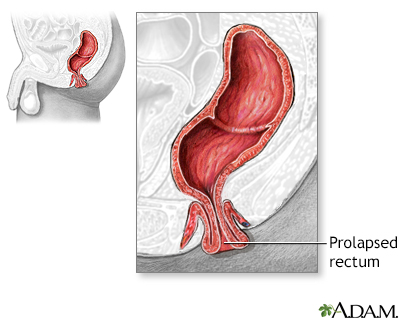


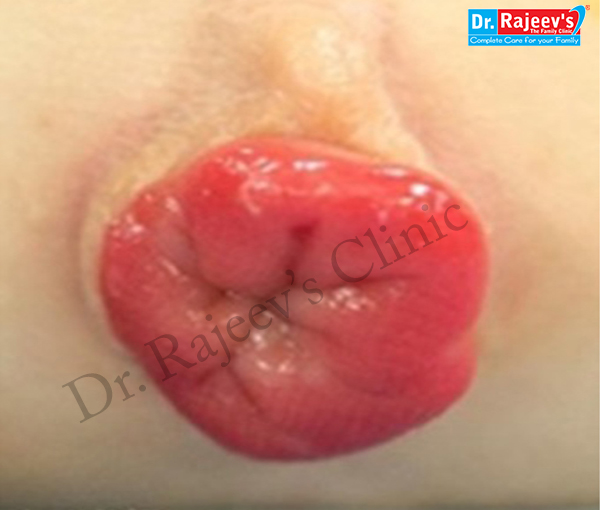






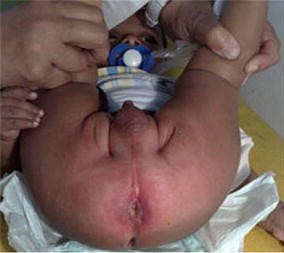



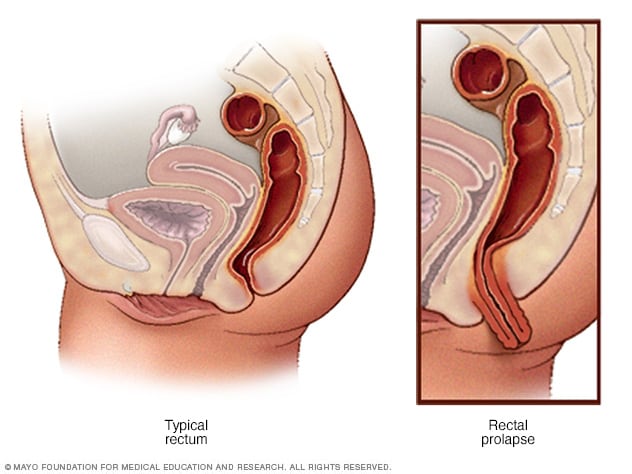





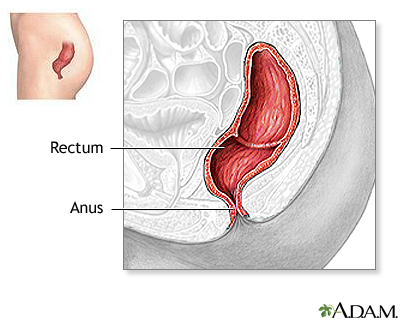

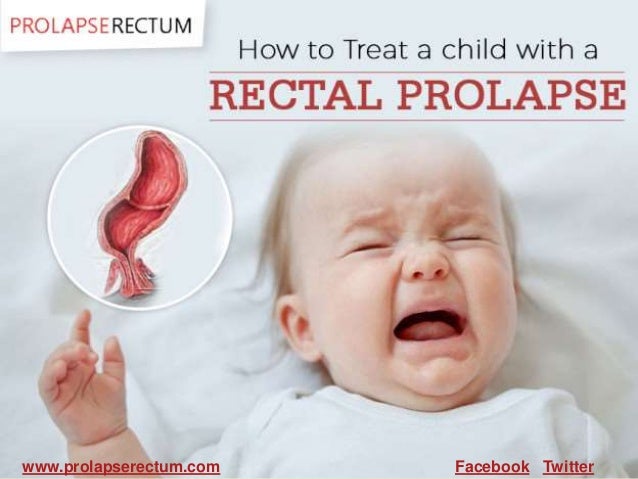





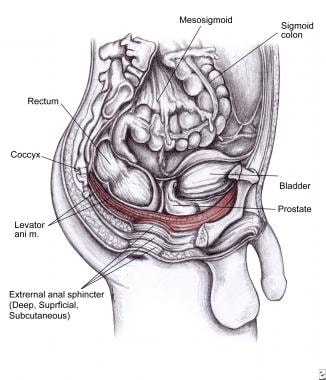







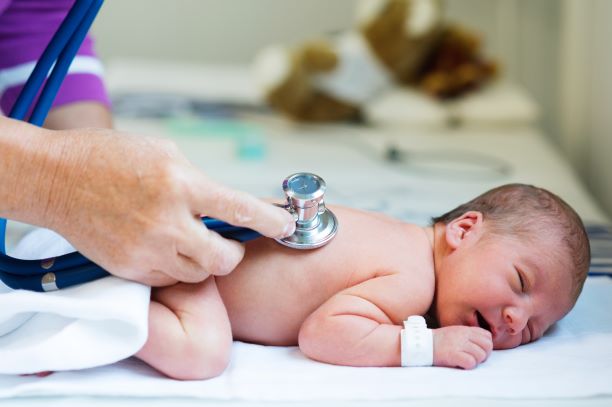



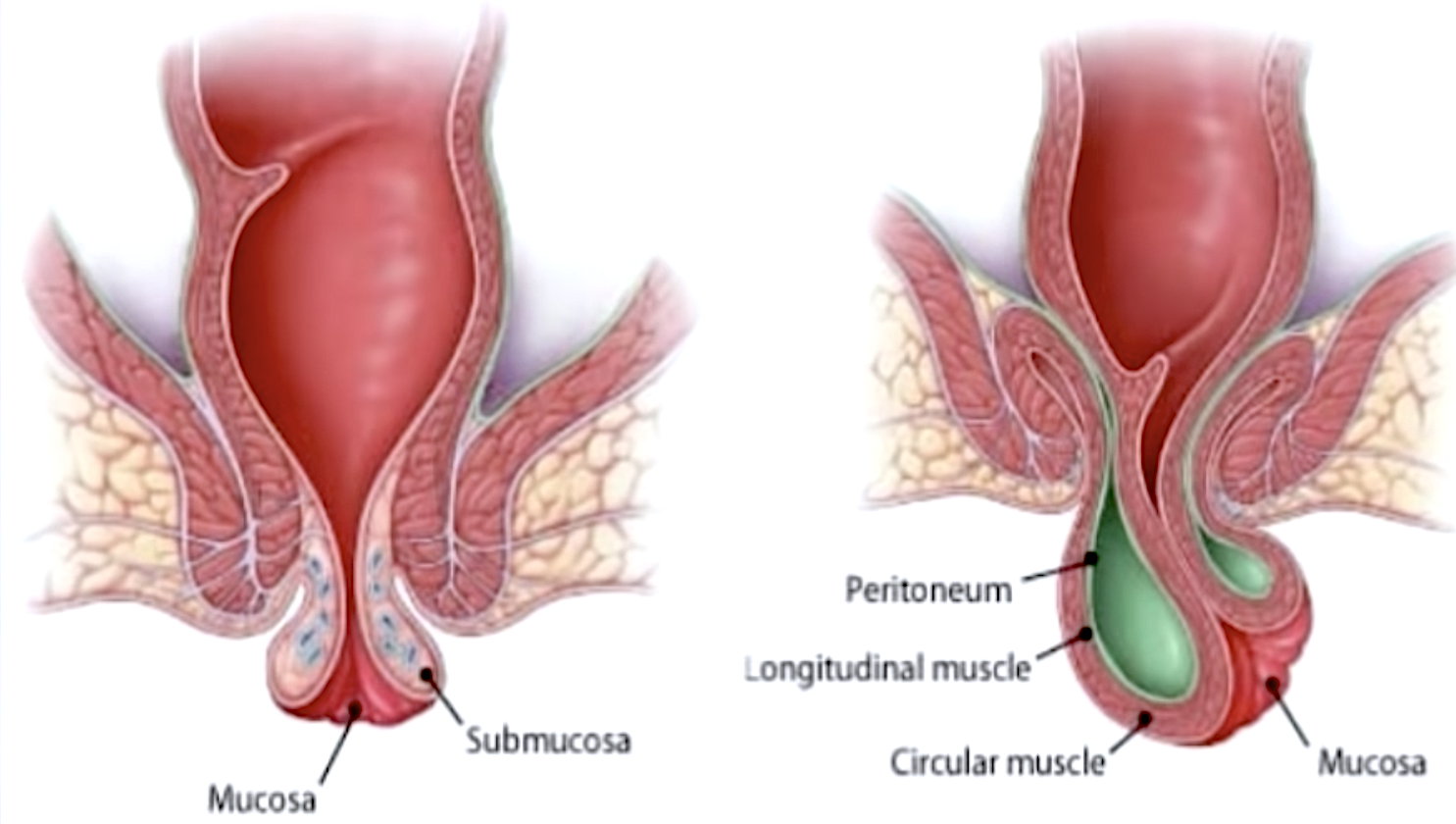

Post a Comment for "Rectal Prolapse In Babies"